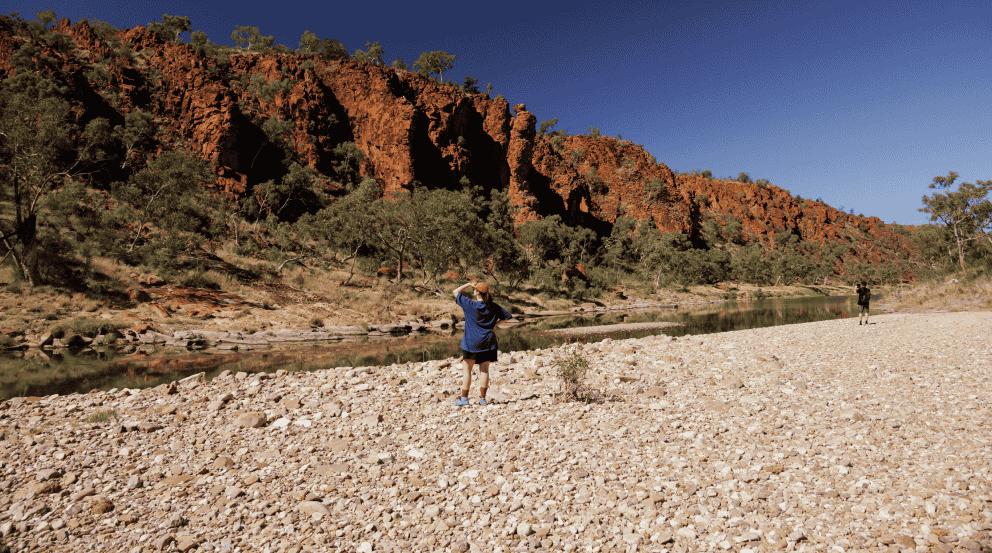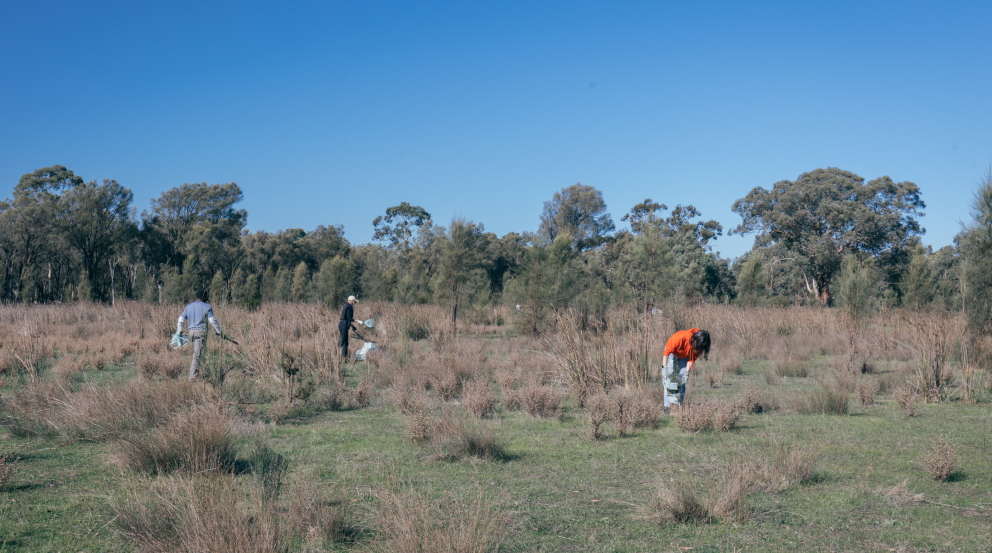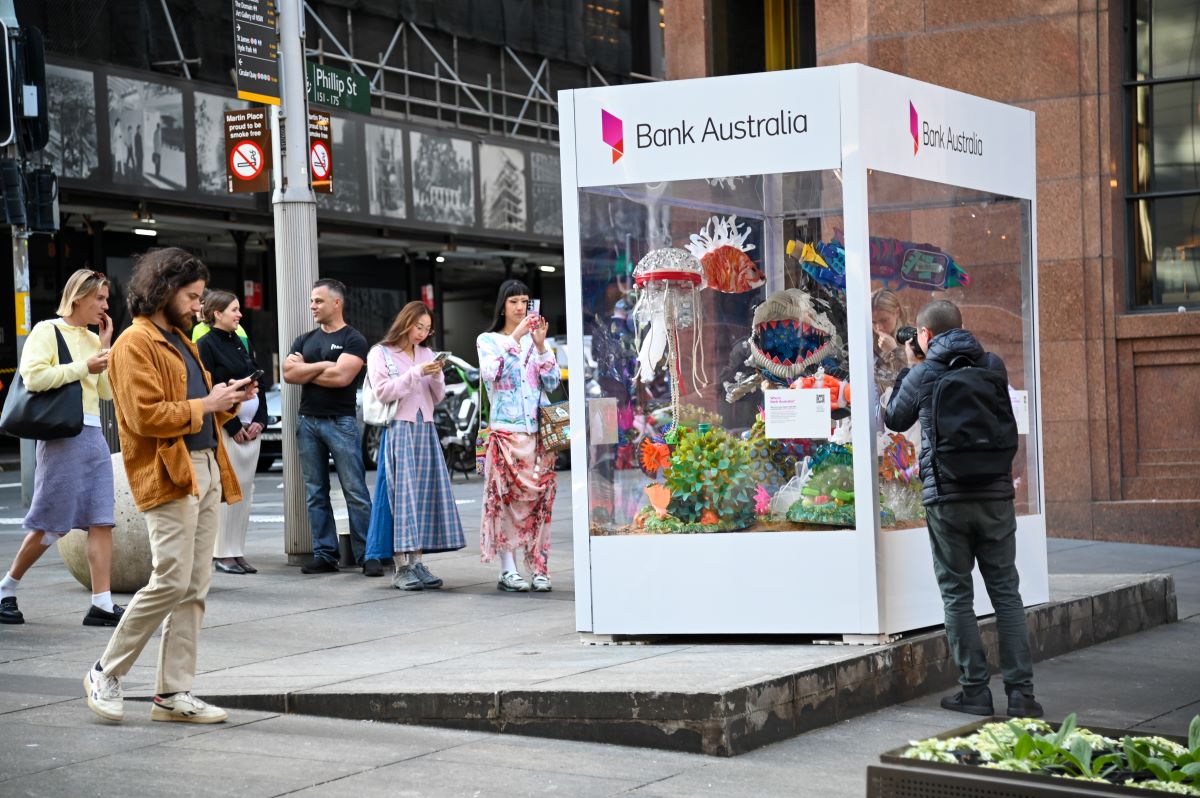Every inventor has their lightbulb moment, and for Aussie surfer Pete Ceglinski, that moment was in 2013, when his mate, Andrew Turton, turned to him and said: “If we have rubbish bins on the land, why not have them in the water, too?”
“He told me his idea and I was like, ‘Holy crap. This is a game-changer’,” says Pete, who’s also a Bank Australia customer.
Turton had already cobbled together a rough prototype: a small device that would bob in the water at a marina and suck garbage from the surface, like a robotic pool cleaner, without any human assistance. You’d just need to empty the 20kg bin every few days, when it filled up with plastic. It was round-the-clock, hands-free environmentalism.

“He wanted to sell them at Bunnings for 50 bucks each, and I was like, ‘Nah mate, this is way bigger than that’,” says Pete.
Two years later, after some tinkering and a wildly successful $300,000 crowdfunding campaign, Pete launched the commercial Seabin: a semi-autonomous marine litter collection machine.
The first Seabins were deployed in marinas in the south of France, and other Mediterranean countries soon jumped on board. Pete realised pretty quickly that if he was going to scale this thing, he needed data to document the impact. So he set-up a monitoring system called the Pollution Index, which would track how much debris was actually being collected. “I look a bit scruffy, and thought no-one’s going to take me seriously,” he says. “But I figured they’d listen to spreadsheets, numbers and scientists.”
It quickly became apparent that Pete and Andrew’s technology was quietly filtering a significant amount of ocean-bound plastic. The Seabin is smaller than your average commercial garbage can. It holds about 20kg worth of rubbish. On a typical day, each bin traps about 3.9kgs of debris – mostly cigarette butts, plastic fragments and microplastics. Over the course of a year, this translates into 1.4 tons per unit.
This might not sound like much, especially when 2 million kgs of plastic gets slushed into the world’s oceans every day, but that’s where scalability comes in. “Each unit filters 600,000 litres of water,” Pete says. “So with a fleet of 860 units, we’re filtering over 500 million litres of water per day and 3.6 tonnes of plastic. This is our first step, its not perfect but we are working on it”
With its cheap running costs (about $3 per day, per unit), demand for the Seabin is starting to gain momentum all over the world, with Seabin technology operational in 53 countries. A marketing campaign last November netted interest from over 330 marinas in 170 different countries, including Australia.

And of course, this is just the start.
Seabin Project is continuously tweaking the design, looking at solar power, shrinking their carbon footprint, and the next Seabin 6.0 is being made from recycled fishing nets.
“I think it was Richard Branson who said, ‘if you’re not embarrassed by your first product five years later, you’re not innovating,’” says Pete. “We’re adding sensor technology on the Seabin 6.0, and then having each unit with full IOT connectivity, essentially make them smart devices.”
It might seem strange, but an enthusiastic entrepreneur who spends every waking hour trying to clean our oceans does cop his fair share of criticism. Critics have pointed out the essential irony of cleaning up marine plastic with, well, more plastic.
Those cynical waves don’t bother Pete – his entire business model is to essentially make itself redundant, and he’s fully on board with that concept. “Initially we got a bit of criticism, that Seabins aren’t going to save the world, so why even bother?” he says. “But for me, I can see the bigger picture, and any difference we can make is scalable.”

It wasn’t long until Pete realised that if you’re going to turn off the tap to plastics with prevention and awareness, you could also clean it up as you go, which is why Seabin has a mantra of: ‘Clean Up, Prevention & Measurable Impact’. The company also has a philanthropic wing – an Australian registered not-for-profit with DGR status, Seabin Foundation – which educates kids about ocean pollution and STEM technology. “We realised pretty quickly that education, not Seabins, is what’s going to solve this problem long-term, and that we can future-proof the next generation with education for cleaner oceans and a better value of life”
You can donate to Seabin Project over here








